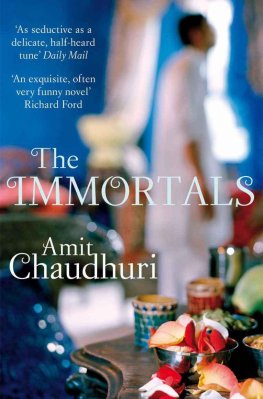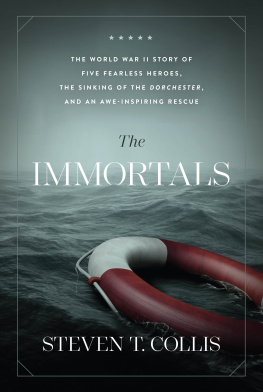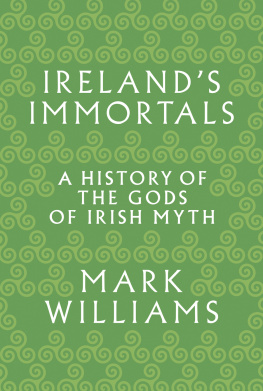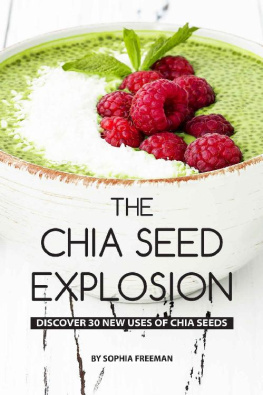
Acknowledgments
This is Edition 1.00
There will know doubt be updates and corrections made to this work book.
First a note about the cover, I chose it because I always meditate best when I'm riding my bike. In fact my Sangha jokingly refer's to me as the Biking Buddha. That being said most of this book was conceived while I was cycling.
Bli t - ln gnzh lng
Burettoaren chikaku Rangu
.
Lama B.A. NinChi Mu Shiki Lang
Was ordained on 05/02/2014 and is now charged as Lama of the New Age Zen Taoist Kalachakra Sect. Also known as 'Unifhist' he is currently head master at the Murasaki Temple in Naples Florida.






The Eight Taoist Immortals and the Eight Trigrams of the Pa Qua
Taoism has come down to us from ancient times with a focus on being in harmony with nature. Its roots are in shamanism. Although there are many schools of Taoism, there are two main branches. Tao Chia (also spelled Dao jia ) the school of the Way is the philosophical form of Taoism. This is the form best known in the West from Lao Tzu's classic Tao Te Ching. However there is another branch Tao Chiao ( Dao jiao ) , which is older and means "t he religion of the Way, " and it is present wherever Chinese live. Tao , of course, means Way, path, or way to truth .
When westerners talk about Taoism as a religion, they refer to Tao chiao - often unknowingly. Tao chia has little to do with gods, the afterlife, and such matters. It is a philosophy for the here and now.

The two major sources to Tao chia, the Taoist philosophy, are Lao Tzu and Chuang Tzu, who both lived several centuries BC. Lao Tzu was the legendary writer of Tao Te Ching , the foremost classic of Taoism. Chuang Tzu has left behind a book named after him, with 33 chapters (whereof at least the first nine are regarded as of his making).

Taoist religion, Tao chiao , consisted of a number of rituals and traditions by which to prolong one's life, reach spiritual insight, and come to peace with existence. It is a very rich and complex tradition of mysticism and magical rites that emerged during the later part of the Han dynasty, around the beginning of the Christian Era.
They referred to Tao Te Ching and other Taoist sources, but did so quite liberally, with interpretations that sometimes got very far from the texts they leaned on.
For example, their ideas about longevity were based on Tao Te Ching's chapter 33, which ends with a line that they interpreted: "The one who dies without perishing gets a long life." Findings of the 1970's in Mawangdui show that the accurate reading of that line should be: "The one who dies without being forgotten gets a long life." This form of longevity - in the memory of others - is an old wisdom also found in many other cultures.
Being in harmony with the universal laws and the fundamental natural forces or energies of creation is following the natural way. Tao or Dao (ta,da; Chinese : ; pinyin: Do ) is a Chinese concept signifying 'way', 'path', 'route', or sometimes more loosely, 'doctrine' or 'principle'. Within the context of traditional Chinese philosophy and religion, Tao is a metaphysical concept originating with Laozi that gave rise to the religion, Tao Chiao ; Pinyin, Daojiao ) and philosophy ( Tao chia ; Pinyin, Daojia ) referred to in English with the single term Taoism. The concept of Tao was shared with Confucianism, Chn and Zen Buddhism and more broadly throughout East Asian philosophy and religion in general.
Most Westerners have never heard of Tao Chiao or the Eight Taoist Immortals. For those who have, they are simply the subjects of some good stories, but they do not play a serious role in Western lives.
But i n modern China, the Eight Immortals are still a popular theme in artwork. Paintings, pottery, and statues are still common in households and public areas across China.

Statue of the Eight Immortals
Penglai City Shandong
There is even a Temple of the Eight Immortals (Ba Xian An in Chinese, also, Eight Immortals Palace, formerly Eight Immortals Nunnery), as its name indicates, is mainly dedicated to the legendary Eight Immortals: Han Zhongli, Zhang Guolao, Han Xiangzi, Tieguai Li, Cao Guojiu, Lv Dongbin, Lan Caihe and He Xiangu. Located on Changle Fang Street in the eastern suburb, it is the biggest Taoist temple in Xian and is a famous Taoist architecture in northwest China.

Temple of the Eight Immortals is also called Ba Xian An Palace because when the Eight-Power Allied Forces invaded Beijing in 1900, Emperor Guangxu and Empress Dowager Cixi escaped to Xian and lived in the Temple of the Eight Immortals. Therefore, Empress Dowager Cixi donated taels of silver later to fund the renovation of the monastery and gave it the name of Ba Xian An Palace.
The temple is said to be built in the Song Dynasty (960-1279), and was repaired and expanded many times in succeeding dynasties. The structures that can be seen today were mainly built in the Qing Dynasty (1644-1911). Not counting Mountain Gate, Paifang, Screen Wall, the Bell Tower and Drum Tower, it can be divided into three sections. The first section includes five halls, dedicating to the protective god of Taoism-Wang Lingguan. The second section has two halls, and the color-painted statues of the Eight Immortals are worshiped in the back hall. The third section is the Main Hall with a tablet hanging on its lintel. The four characters 'Dong Tian Yun Ji' was inscribed on the tablet by Empress Dowager Cixi. Inside the hall, sacrifices were made to Dou Mu Yuan Jun (a high ranked god in Taoism) and other gods. Its annexes contain Lvzu (Lv Dongbin) Hall and Yaowang (King of Chinese medicine) Hall on the east and accommodations for Taoists on the west.
Besides visiting the monastery and burning incenses to pray for felicity, you should also look around the street outside the monastery. It's really a short street at a length of only 100 meters (110 yards) lined with two-storey buildings on both sides. Many curios like bronze mirrors, folding screen, four treasures of study, gallipots, porcelain and folding fans are sold here, most of which were commodities of the common people in olden times.
Next page


















